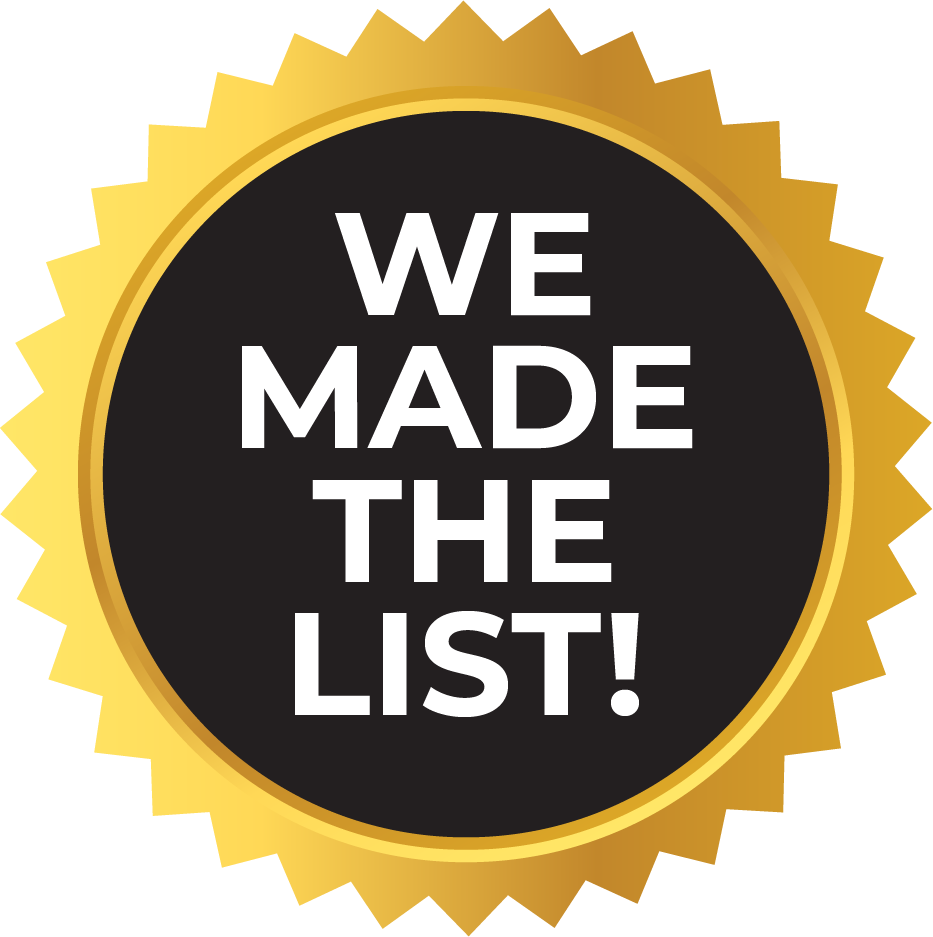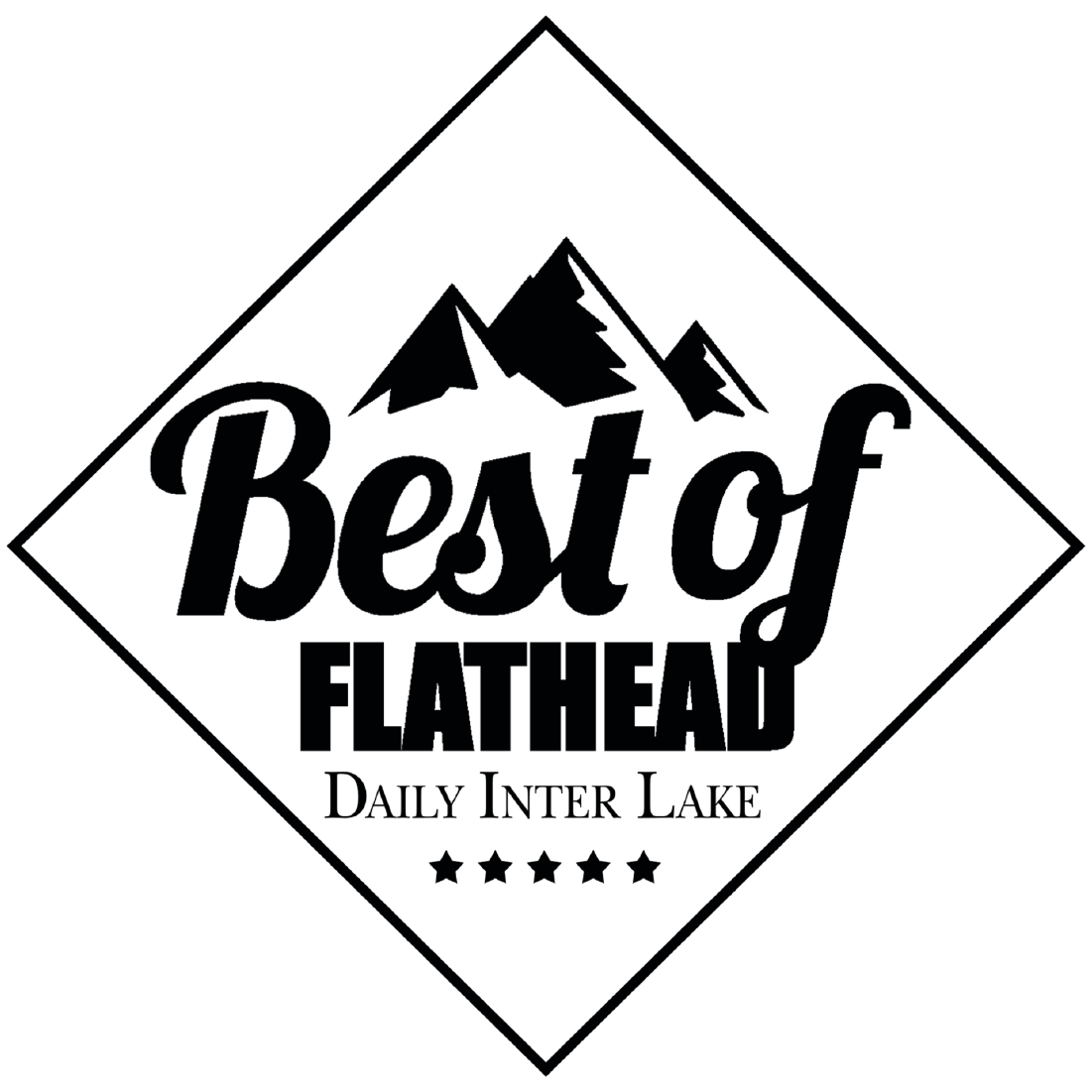RUNNING WARMUP & STRETCHING
If you’ve been running long enough, chances are you know someone or have a running partner who dealt with a recalcitrant tendon issue, whether involving the Achilles tendon, peroneal tendon or patellar tendon. Or maybe you had to deal with it yourself. If so, hopefully, you’ve packed your patience as the process can be frustrating. If you have ever had these injuries sideline you then you know how it can hinder your ability to compete in athletic activities. It’s helpful to understand the physiology of what is happening to the tendon in order to know how best to treat it, ideally while working alongside a physical therapist familiar with running and jumping injuries.
WHAT DOES TENDONITIS LOOK LIKE FOR RUNNERS?
Tendonitis is an inflammatory condition of the tendon and tends to resolve in several weeks. If a tendon issue becomes chronic it is called tendinopathy. Little inflammation is present in tendinopathy. Instead, there are pathological histologic changes in the tendon and it becomes chronic. This involves a change from normal Type I collagen fibers to Type III collagen, which can’t withstand forces like Type I fibers. In the lower extremity, we often see tendinopathies when people add volume too fast after a period of relative or total rest, run in improper footwear or exercise after weight gain or loss. The fibers experience small tears when their tensile forces are exceeded. Our goal is to load the tendons in such a way as they will repair histologically to bear load like the original Type I fibers. Tendon microtears can occur in athletes and non-athletes alike but often involve having to modify activity.
HOW DOES PHYSICAL THERAPY TREAT TENDONOPATHIES?
In physical therapy, we target tendonopathies by utilizing the principles of strength adaptations and periodization of training to set people up for the most optimal recovery. This includes the concepts of eccentric strengthening (lengthening contraction) and progressive loading. Heavy slow resistance training (HSRT), isometric strengthening and combined eccentric and concentric (shortening) contractions have all been found to be useful for tendinopathy recovery. (1) Alfredson et al is very well known for his eccentric training protocol for Achilles tendonitis in 1998. His study involved high reps (3×15, 2x/day). (2) This had been the gold standard until HSRT was presented in 2009/2010, most notably by Kongsgaard et al. With HSRT, the tendon will be subjected to higher volumes of load with greater time under tension (TOT) with fewer overall reps. The concept was to base the load on 1 RM (1 repetition max) and use higher loads (70-85% 1 RM 3x/week) while including the concentric and eccentric phases (shortening and lengthening contractions). Both methods are effective but patient compliance is higher with HSRT as patients tend to feel like they are exercising more to fatigue. (3) Isometric strengthening (muscle contraction without change in joint angle) has also been shown to give people relief but it is believed that this is due to an analgesic effect. If isometric contractions are used, the protocol tends to be 4-60 second holds for 4-5 sessions per day. (4) Any way you look at it, tendons tend to reorganize their injured fibrils (chains of myofibrils make up muscle fibers) better with loading than with stretching (3).
From a biological perspective, physical therapists and physicians use these same principles to guide our research into the best protocols using engineering and physics. Our tendons store elastic energy to then release it to make a muscle engage (propel us forward in the case of the Achilles tendon with runners). Therefore, it is important to train the tendons in a manner that loads them sufficiently. In the case of a tendinopathy, this needs to be done consistently and over time (back to packing your patience). Just like you can’t floss now and then and have the same benefit of flossing several times per week, these training protocols require a regimen be followed as prescribed. So if you have a long-standing tendon issue (but feel like your training has been haphazard in trying to overcome it) consider a trial of physical therapy utilizing research-based training principles.
At PTA Physical Therapy we want to help guide you to moving and feeling your best. To speak with one of out PT’s or to request an evaluation visit our website at www.ptflathead.com or click here.
AUTHOR:
Mandie Majerus, PT, MSPT, OCS, CSCS, SFMAc, CMPT, CFSC
CONTRIBUTORS:
Dr. Peter Vincent, DPM
Podiatrist, Runner, Skier, Performs Shock Wave
Dr. Larry Maurer, DPM
Podiatrist, Runner, Skier, Performs Shock Wave
Dr. Ghilslaine Robert, MD
Sports Medicine Physician, Performs Shock Wave
Dr. Jamie Antoine, MD
Orthopedic Surgeon ProOrtho
Dr. Troy Henning, DO
Swedish Sport & Spine, Performs Shock Wave
Ben Wobker, PT, MSPT, CSCS, CFSC, SFMAc
REFERENCES
-
JOSPT Nov 2013 Effectiveness of the Aldredson Protocol Compared with Lower Repetition Volume Protocol for Midportion Achilles Tendinopathy, Stevens and Tan
-
Diagnose & Treat, Musculoskeletal injuries, Overuse injuries Tracy Ward Tendinopathy: new thinking on an old problem (sportsinjurybulletin.com)
-
Br J Sports Med. 2014; 48: 506-509
-
Ultrasound-guided Percutaneous Tendon Scraping: A Novel Tech… : Techniques in Orthopaedics (lww.com)
-
Shockwave Therapy Associated With Eccentric Strengthening for Achilles Insertional Tendinopathy: A Prospective Study, 2019 Dec;12(6):540-545.doi: 10.1177/1938640019826673. Epub 2019 Feb 2. Foot Ankle Spec
-
Mayo Clinic 2019
-
BioMed Res Int, Stania et al, 2019 The effectiveness of extracorporeal shock wave therapy in lower limb tendinopathy: a systematic review – PubMed (nih.gov)
-
Setuh et al 2014 The effectiveness of extracorporeal shock wave therapy in lower limb tendinopathy: a systematic review – PubMed (nih.gov)
-
Phys Ther in Sport. 2012 June; 13:3-10
-
Effects of Aging – OrthoInfo – AAOS https://orthoinfo.aaos.org/en/staying-healthy/effects-of-aging




